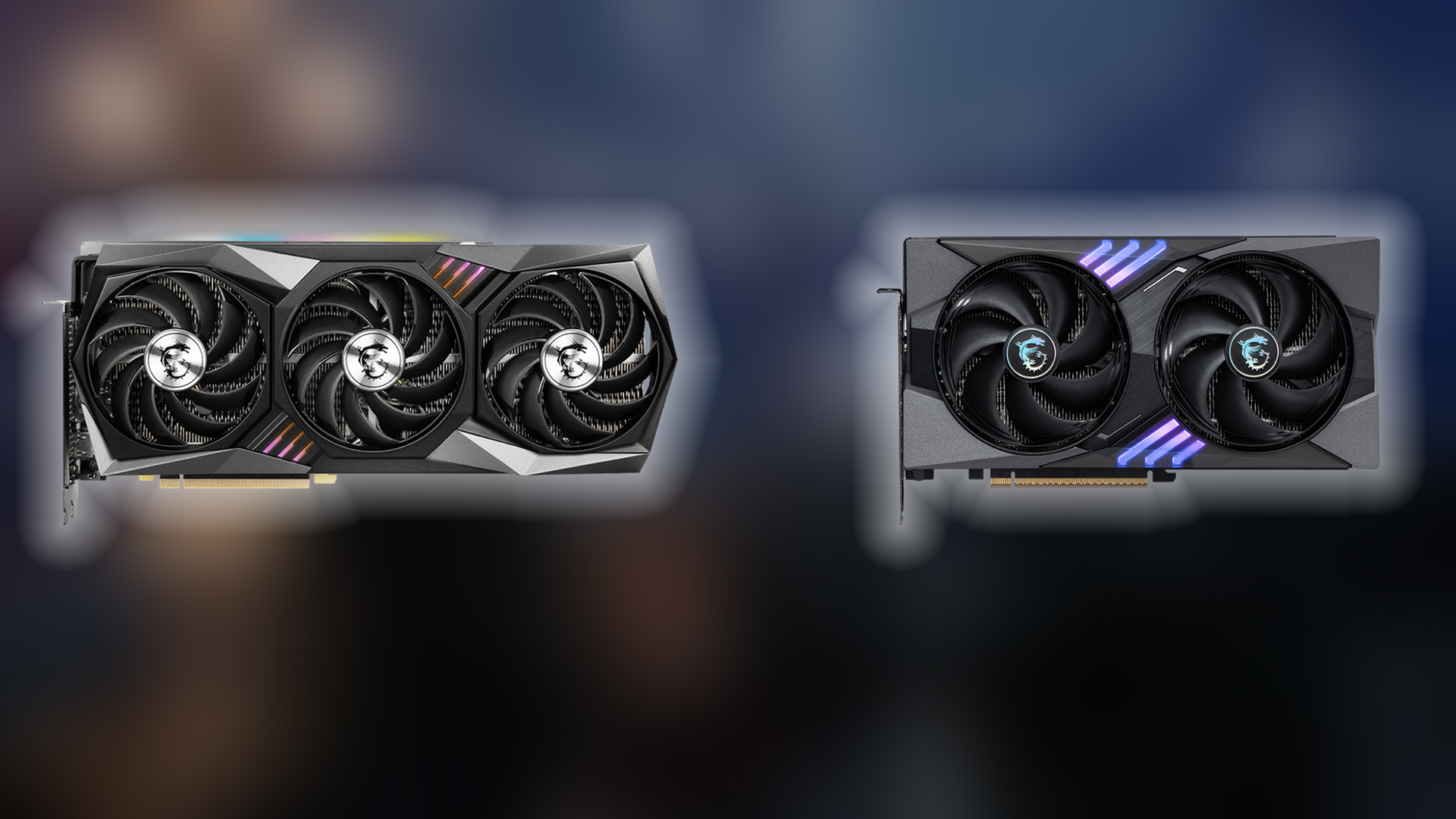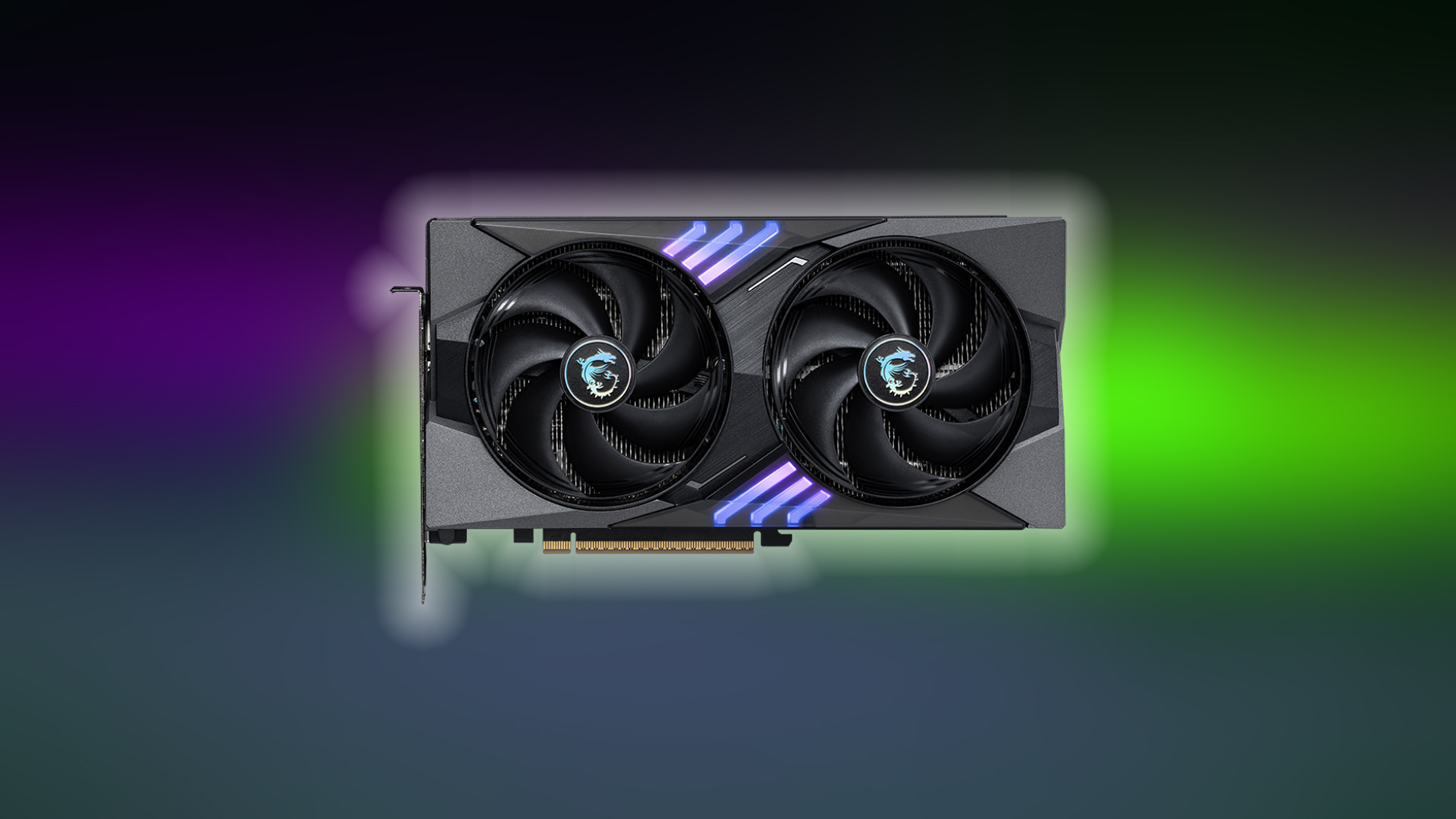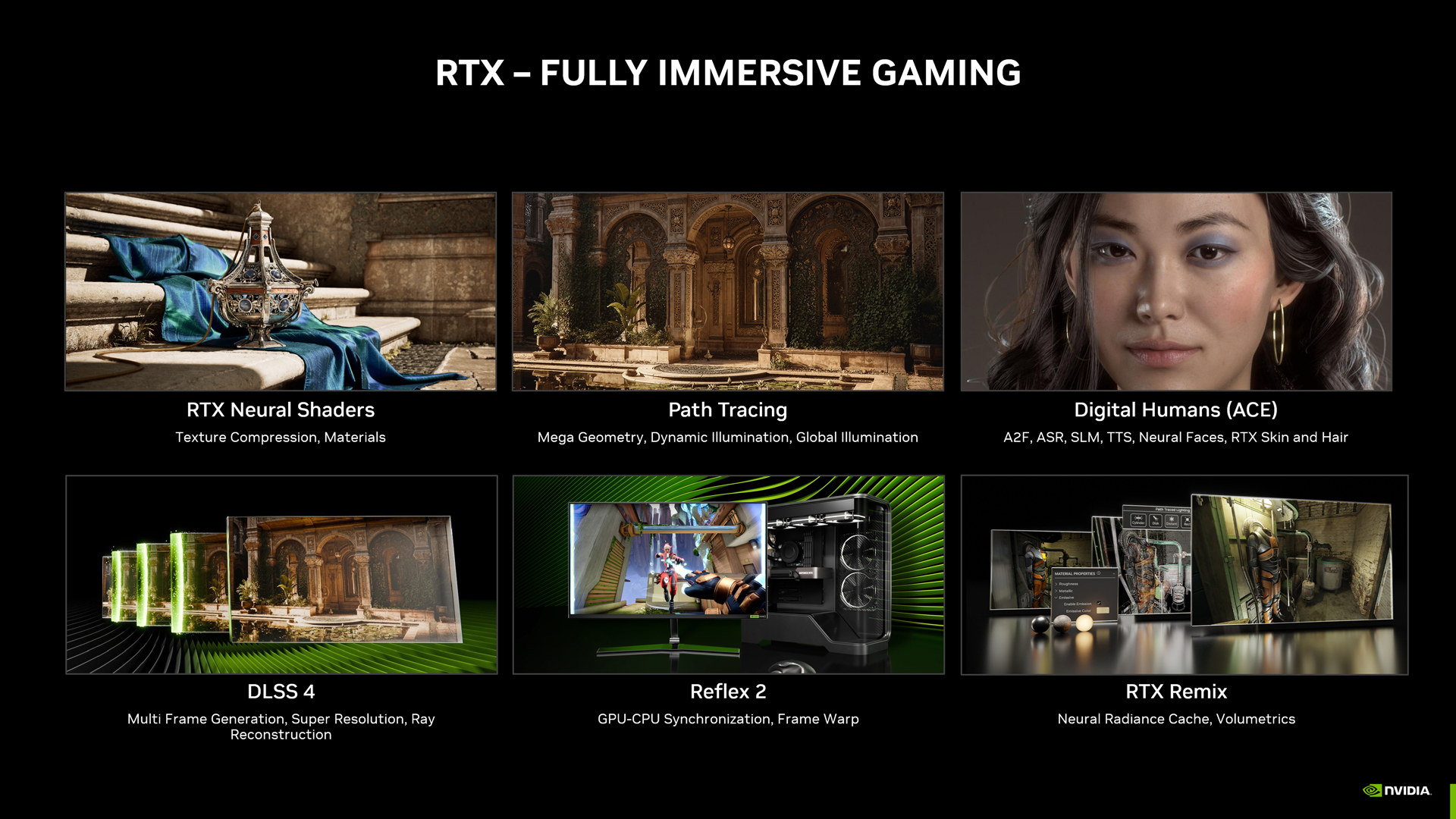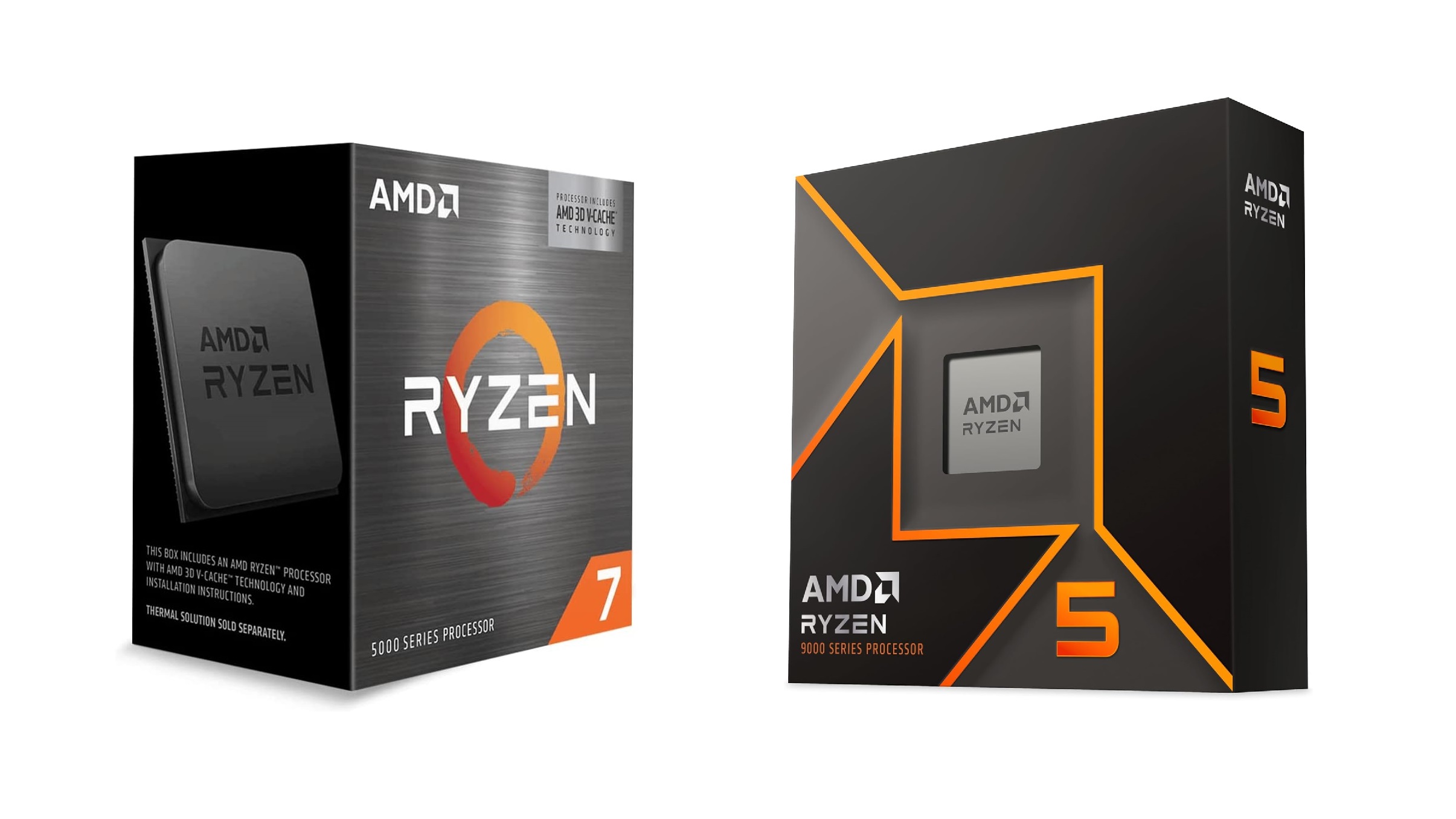This article compares two GPUs, one mid-range and the other high-end, RTX 5060 Ti vs the RTX 3080 in terms of specs and more.

The 5060 Ti and RTX 3080 are directed at different tiers of gamers, as the 5060 Ti is a mid-range gaming card, whereas the RTX 3080 was 2020’s high-end offering. Considering today’s used prices, this comparison becomes valid, as within the cost of a 5060 Ti brand new, gamers can easily pick up a used 3080 10 or 12 GB iteration. But Blackwell’s architecture isn’t all talk. It’s impressive, especially considering its efficiency and the 16GB VRAM it offers. Today’s AAA titles with UE5 have significant issues, including excessive VRAM usage, microstuttering, and other problems.
However, the Framegen within the Blackwell can help with the stuttering and gameplay issues. Note that framegen can be enabled in the 3080 with Lossless scaling, but native FG support includes access to motion vectors and optical flow data, thus producing better image quality. Also, 10 or 12GB VRAM will be a limiting factor. This article compares the two and highlights their differences, enabling you to choose the one that best suits your needs.
Note – This article reflects an in-depth analysis of real-world scenarios and does not source any third-party benchmarks or other data.
NVIDIA GeForce RTX 5060 Ti vs RTX 3080

The RTX 3080 from 2020 remains a high-performance GPU even today, with 10GB of VRAM and a 320-bit wide memory bus, which provides sufficient memory bandwidth to tackle 1440p and 4K resolutions. In 2020, 10GB of VRAM wasn’t an issue at 1440p or even 4 K. However, today, specific titles, such as Indiana Jones, can allocate more than 10GB of VRAM even at 1080p at max settings.
Fortunately, in 2025, RTX 5060 Ti addresses those VRAM limitations, with the 16GB model. While it may lag significantly behind the raw compute power of the 3080, the difference is not as pronounced, around 10-15% at 1080p. This difference substantially decreases at 1440p for modern titles due to the 3080 running out of VRAM and struggling to maintain performance. At times, in specific titles, the 5060 Ti can be faster than the 3080 due to its VRAM.
Considering synthetic benchmarks, a tuned 3080 with an undervolt can score around 18,990 points in the Time Spy benchmark, whereas at stock settings, the value is approximately 17,300 points. At Port Royal, the score is around 12,600 points. The 5060 Ti scores around 15,389 points in Timespy and 10K points in Port Royal—indicating that the Blackwell 60-class Ti card performs at a level comparable to the 3070 Ti and 4070.
Official Specifications & Theoretical Performance
| Category / Specification | RTX 5060 Ti | RTX 3080 (10GB) |
| GPU Architecture | Blackwell (GB206) | Ampere (GA102) |
| GPU Name / Variant | GB206 | GA102 |
| Process / Foundry | 4nm (TSMC 4N) | 8nm (Samsung) |
| Transistor Count | 21.9 billion | 28.3 billion |
| Die Size | 180 mm² | 628 mm² |
| Launch Date | April 2025 | September 2020 |
| Launch Price (USD) | $379 (8GB) / $429 (16GB) | $699 |
| Bus Interface | PCIe 5.0 x8 | PCIe 4.0 x16 |
| Base / Boost Clock | 2407 MHz / 2572 MHz | 1440 MHz / 1710 MHz |
| Memory Size | 8GB / 16GB | 10GB GDDR6X |
| Memory Type | GDDR7 | GDDR6X |
| Memory Bus Width | 128-bit | 320-bit |
| Memory Speed (Effective) | 28 Gbps | 19 Gbps |
| Memory Bandwidth | 448 GB/s | 760 GB/s |
| CUDA / Shading Units | 4,608 | 8,704 |
| TMUs / ROPs | 144 / 48 | 272 / 96 |
| SM Count | 36 | 68 |
| Tensor Cores / RT Cores | 144 / 36 (5th/4th Gen) | 272 / 68 (2nd/3rd Gen) |
| L1 Cache (per SM) | 128 KB | 128 KB |
| L2 Cache | 32 MB | 6 MB |
| TDP | 180W | 320W |
| Suggested PSU | 550W | 750W |
| Outputs | 3x DisplayPort 2.1, 1x HDMI 2.1b | 3x DisplayPort 1.4a, 1x HDMI 2.1 |
| DirectX / OpenGL / Vulkan | 12 Ultimate / 4.6 / 1.3 | 12 Ultimate / 4.6 / 1.3 |
| Shader Model | 6.8 | 6.8 |
Theoretical Performance (Specification-Based)
| Theoretical Metric | RTX 5060 Ti | RTX 3080 (10GB) |
| FP32 Compute | 23.7 TFLOPS | 29.8 TFLOPS |
| FP16 Compute | 23.7 TFLOPS | 29.8 TFLOPS |
| FP64 Compute | 0.37 TFLOPS | 0.47 TFLOPS |
| Pixel Rate | 123.5 GPixel/s | 164.2 GPixel/s |
| Texture Rate | 370.4 GTexel/s | 761.8 GTexel/s |
Pros and Cons of RTX 5060 Ti and 3080

|
Card |
Pros |
Cons |
|
5060 Ti |
|
|
|
3080 |
|
|
Conclusion
The RTX 3080 outperforms the 5060 Ti in both ray tracing and rasterization, but the primary issue here is the power draw, which requires tuning to be reduced, and then the VRAM limitation. Get the 5060 Ti if power draw is a concern, as Blackwell GPUs are more efficient and have even greater tuning potential. If you find an incredible used deal on a 3080, such as a 10- or 12GB model, go for it.
Looking For More Related to Tech?
We provide the latest news and “How To’s” for Tech content. Meanwhile, you can check out the following articles related to PC GPUs, CPU and GPU comparisons, mobile phones, and more:
- 5 Best Air Coolers for CPUs in 2025
- ASUS TUF Gaming F16 Release Date, Specifications, Price, and More
- iPhone 16e vs iPhone SE (3rd Gen): Which One To Buy in 2025?
- Powerbeats Pro 2 vs AirPods Pro 2: Which One To Get in 2025
- RTX 5070 Ti vs. RTX 4070 Super: Specs, Price and More Compared
- Windows 11: How To Disable Lock Screen Widgets
 Reddit
Reddit
 Email
Email


